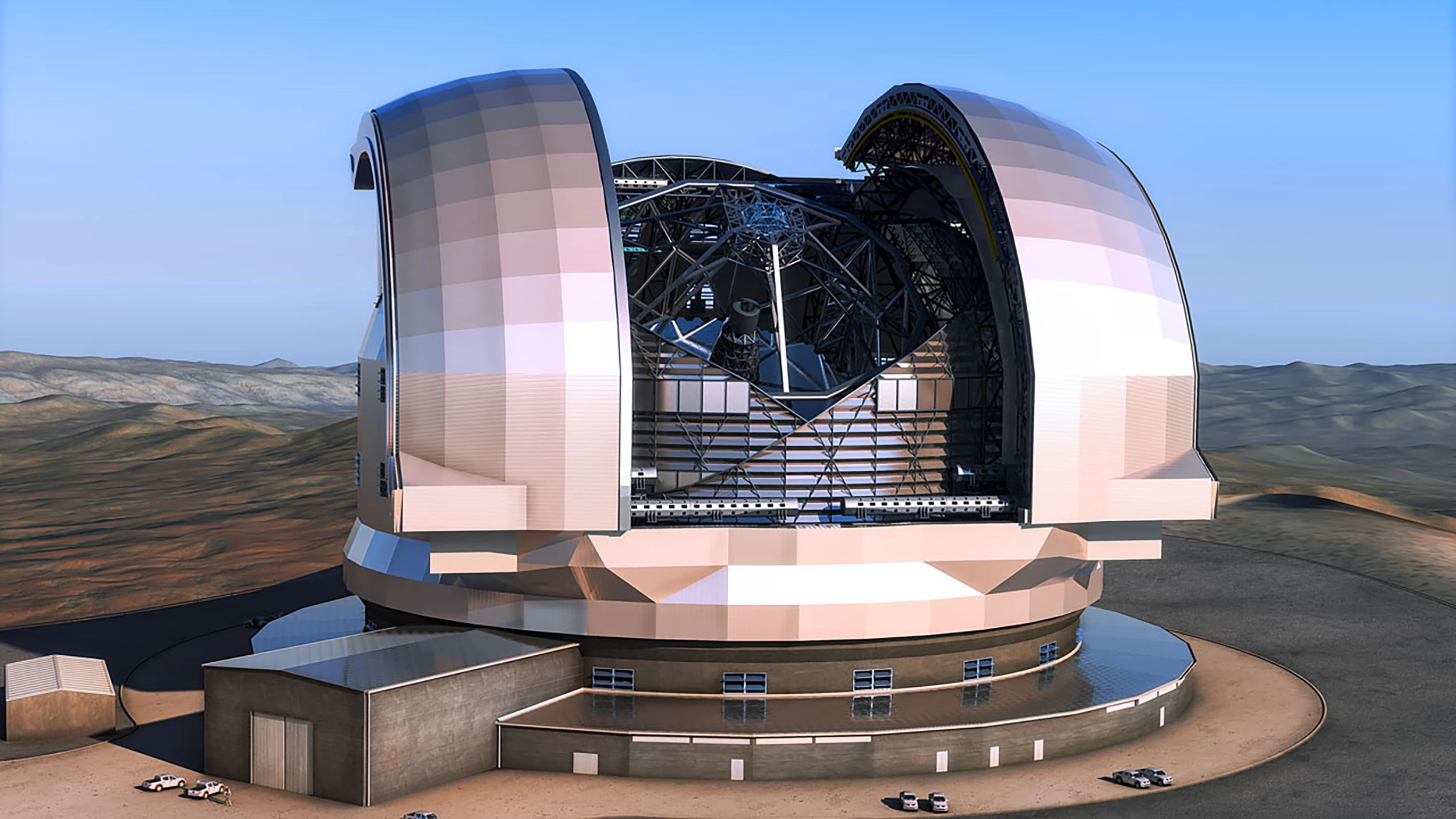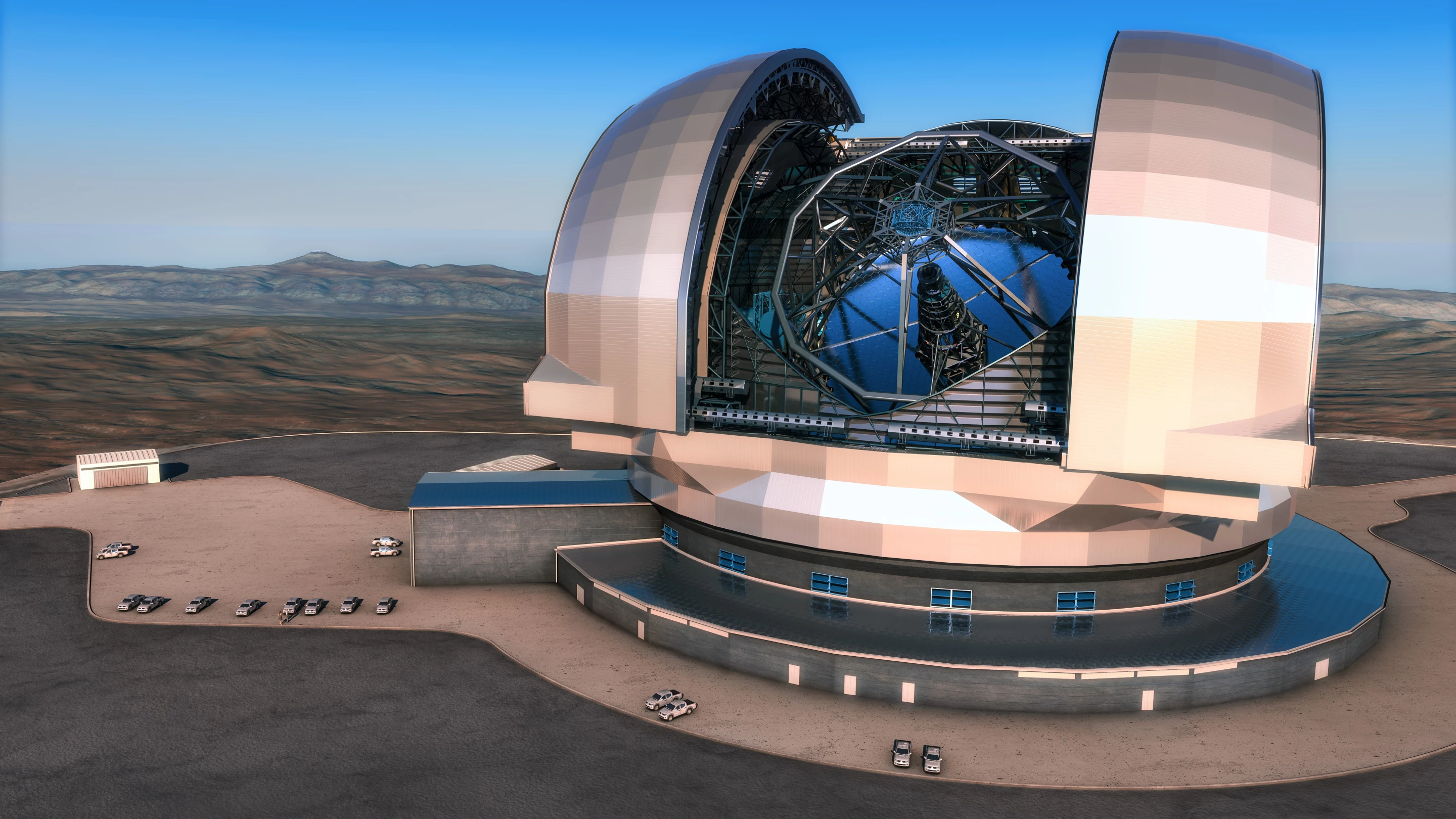The ESO has given its European Extremely Large Telescope (E-ELT) the final green light, allowing construction to go ahead at the Chilean site. The telescope is expected to take around a decade to complete, with the final installation expected to facilitate discoveries in fields such as galaxy composition and exoplanets.
Construction of the E-ELT was preliminarily confirmed in June 2012, but with the proviso that 90 percent of the required funding (more than €1 billion or around US$1.3 billion) for the project be secured before main construction could begin. With the accession of Poland to the ESO, that line has now been crossed, and 11 of the 14 member states voted in favor of going ahead with project earlier this week (the remaining three members were absent and are expected to continue to support the project).
While work on the telescope itself was unable to begin until now, an exception was made for the groundbreaking ceremony, which took place in June of this year. Civil works, such as the construction of an access road, were also permitted to go ahead at the site. The contract for the telescope’s main structure and dome construction – the largest ever from the ESO – will be awarded in late 2015.

The E-ELT site is located in Chile’s Atacama Desert, 20 miles (36 km) from the existing Very Large Telescope (VLT), which itself has been instrumental in many important discoveries and observations. These include the mysterious alignment of quasars and the ceasing of star formation in galaxy clusters.
The 39-meter aperture optical and infrared telescope is expected to vastly expand our knowledge in a number of areas – studying planets around other stars, the distribution of dark matter and dark energy throughout the Universe, and more. One of its key aims will be to track down and study Earth-like planets, searching for places where life could exist.
While 90 percent of the required funds have been obtained, 10 percent of the project cost has been shifted to a second stage, which will include the construction of an adaptive optics system and parts of the main mirror. The telescope will however be functional at the end of the first phase of the construction process.
Source: ESO






